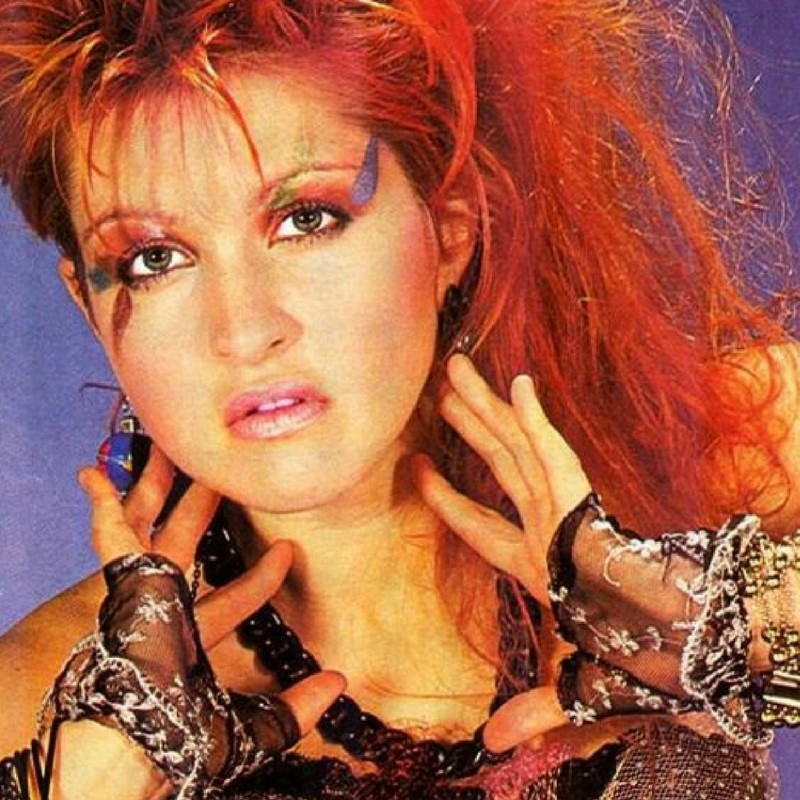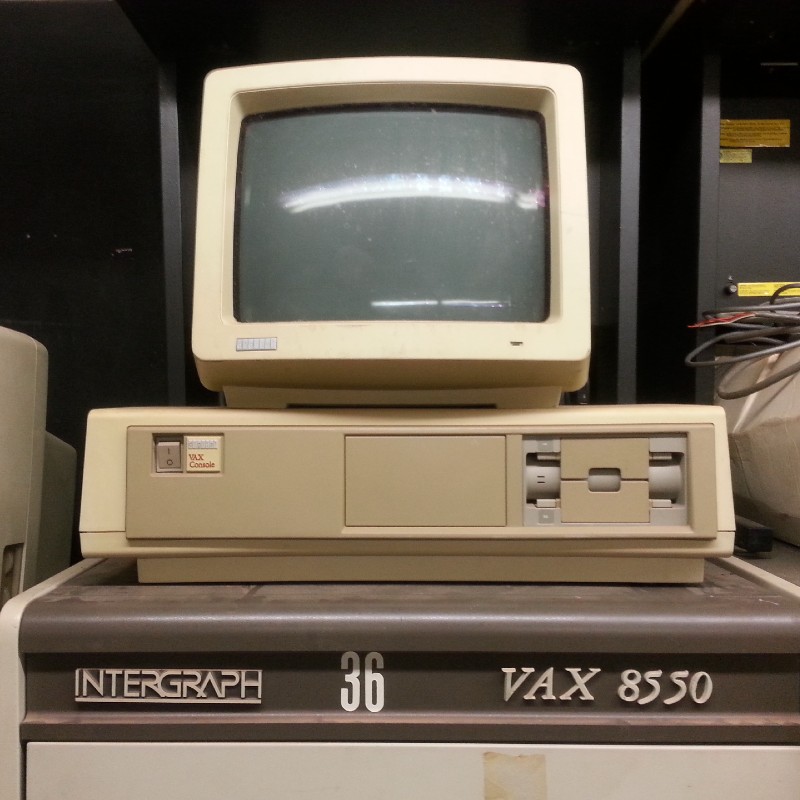"I'm not dead yet!"
Why design will survive and thrive in the age of AI
By Jesse Anton, CEO & Co-Founder of Whitespace
Date: 13 August 2025
Bring out your dead!
Every time a new technology emerges, someone proclaims the death of design. Now, with AI generating logos, layouts, and entire websites in seconds, the refrain is louder:
"Why pay for design when AI can do it instantly?"
The truth is, design isn’t dying. It’s evolving. And in the age of AI, it’s becoming even more valuable. Here’s why.
AI can generate, but it can’t reason
AI can give you 1,000 options in seconds. But which option fits your brand’s voice, supports your business goals, works across contexts, and resonates with your audience? That’s not an algorithmic decision — it’s a human one.
Design is fundamentally about making choices with intent. AI makes suggestions. Designers create meaning.
The hard part was never aesthetic
Anyone can make something look good. Tools like Canva and Figma already lowered that bar before AI came along.
What AI still can’t do:
- Understand the political dynamics of an organization
- Anticipate future needs so a solution scales
- Balance user needs with business goals
Design is not about decoration — it’s about solving the right problem in the right way. That’s still a deeply human skill.
The world is getting more complex, not less
Ironically, AI makes the design challenge harder.
Why? Because now:
- Users expect personalization at scale
- Ethics and trust are non-negotiable
- New interaction patterns (conversational UIs, autonomous agents) demand new mental models
When the complexity of the system increases, the value of human-centered design increases with it. We’re not just designing for humans — we’re designing with AI in the mix.
AI needs guardrails, and designers build them
Without intentional design, AI experiences can be:
- Confusing (“Why did it do that?”)
- Untrustworthy (“Can I rely on this answer?”)
- Harmful (“This bias is built into the system.”)
Designers bring the skills to map user journeys, anticipate edge cases, and embed ethics into interfaces and workflows. We’re not just making things functional — we’re making them safe, understandable, and respectful.
Creativity isn’t just output — it’s framing
AI is a phenomenal assistant for exploring how.
But what to design, and why it matters, still comes from people. The magic of design has always been in framing problems differently — in seeing an unmet need or an overlooked opportunity.
In the AI era, the most valuable designers are those who know how to ask better questions, not just create better visuals.
The future is not Human or AI — it’s Human + AI
The winning combination isn’t replacing designers with machines; it’s augmenting designers with AI so they can:
- Explore more ideas, faster
- Test and iterate with less friction
- Spend more time on strategic and human challenges
AI takes the repetitive strain out of design work. Designers then have the bandwidth to focus on research, vision, prototyping, storytelling, and orchestration — the parts of the craft that matter most.
Closing thought
AI is a powerful new tool in the designer’s kit, but it’s just that: a tool. What makes design work resonate, drive change, and build trust has always been — and will remain — deeply human.
So no, design isn’t dead. In fact, the more powerful AI becomes, the more we need designers who can guide it, challenge it, and shape it to serve human needs with clarity and care.
The age of AI isn’t the end of design. It’s the start of design’s most important era yet.




